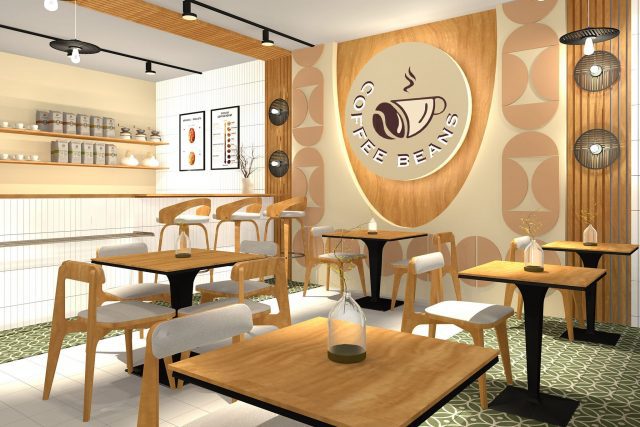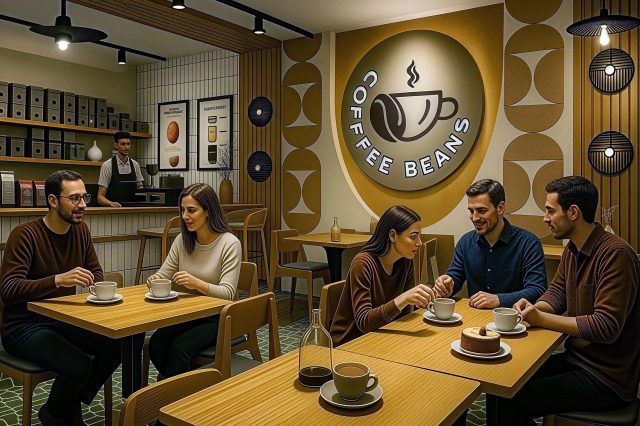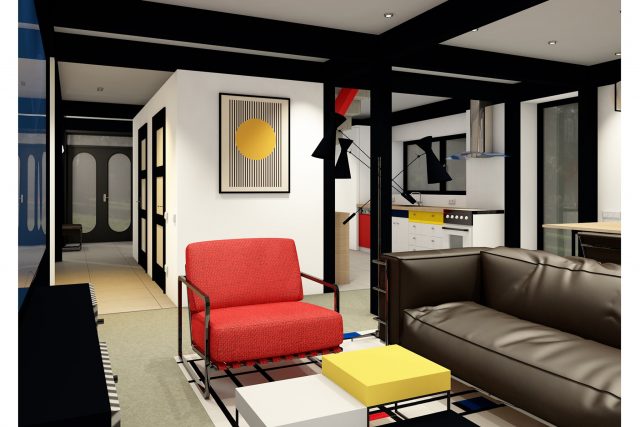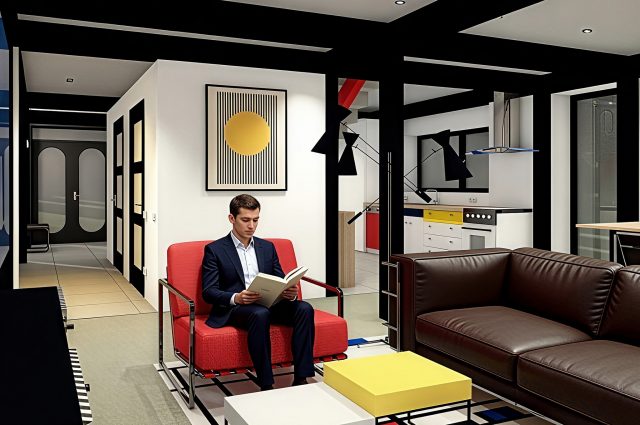By 2025, artificial intelligence has become firmly embedded in the interior design profession. It is no longer viewed as an experiment but as an essential tool that speeds up processes and expands creative possibilities.
Just compare these two pictures – made in standard visualization tool in ArchiCAD and the one which was edited by AI. Result is incomparable, isn’t it?


One of AI’s greatest advantages is its ability to generate ideas quickly. Where designers once needed days to prepare first concepts, neural networks can now propose dozens of layout, style, and color options in just a few minutes.
Which tools are used?
Professional software such as Autodesk Revit, Archicad, SketchUp, and 3ds Max now include AI modules. These can automatically arrange furniture, suggest lighting, and help create balanced, ergonomic spaces.
Independent generative services such as MidJourney, Stable Diffusion, and DALL·E 3 have also gained popularity. They allow designers to create interior visualizations from simple text prompts, making early-stage client communication much easier.
Beyond sketches, AI is combined with visualization tools like Twinmotion, Lumion, and Enscape to instantly generate photorealistic renders. This helps clients see interiors in detail and feel the atmosphere of a future space.
Platforms
Artificial intelligence is also integrated into material and furniture databases. Platforms such as Material Bank or Revit’s built-in catalogs allow designers to select real tiles, fabrics, and lighting fixtures that match both the budget and the chosen style.
Here is one more example from our experience before and after edition by AI.


Another important application is sustainable design. AI analyzes material properties, calculates energy efficiency, and suggests optimal solutions to reduce the carbon footprint of a project.
AI is also widely used in combination with VR/AR technologies. With VR headsets, clients can “walk” through a proposed interior, while algorithms change finishes or furniture in real time.
Despite these advances, the designer’s role remains crucial. AI may generate hundreds of ideas, but it is the human professional who selects the best ones, adapts them to real projects, and ensures a unique creative vision.
In conclusion, by 2025 artificial intelligence has become a true partner in interior design. It handles routine tasks, freeing designers to focus on creativity and client interaction, resulting in interiors that blend innovation with individuality.




